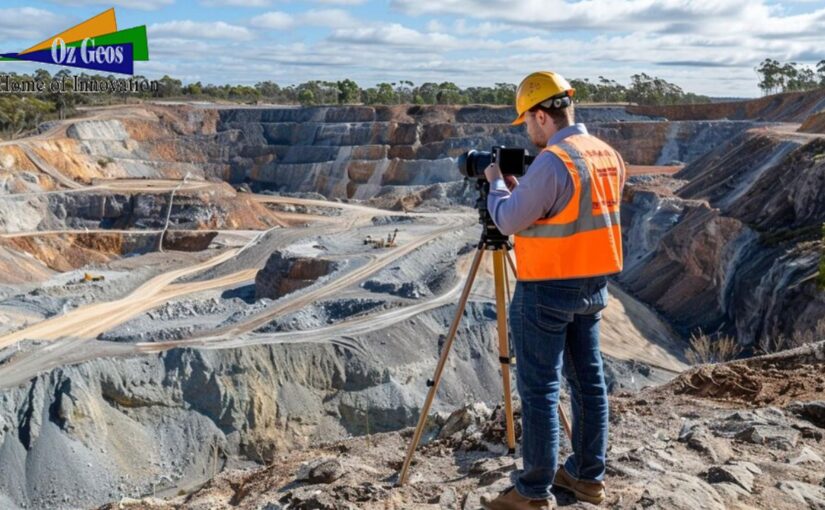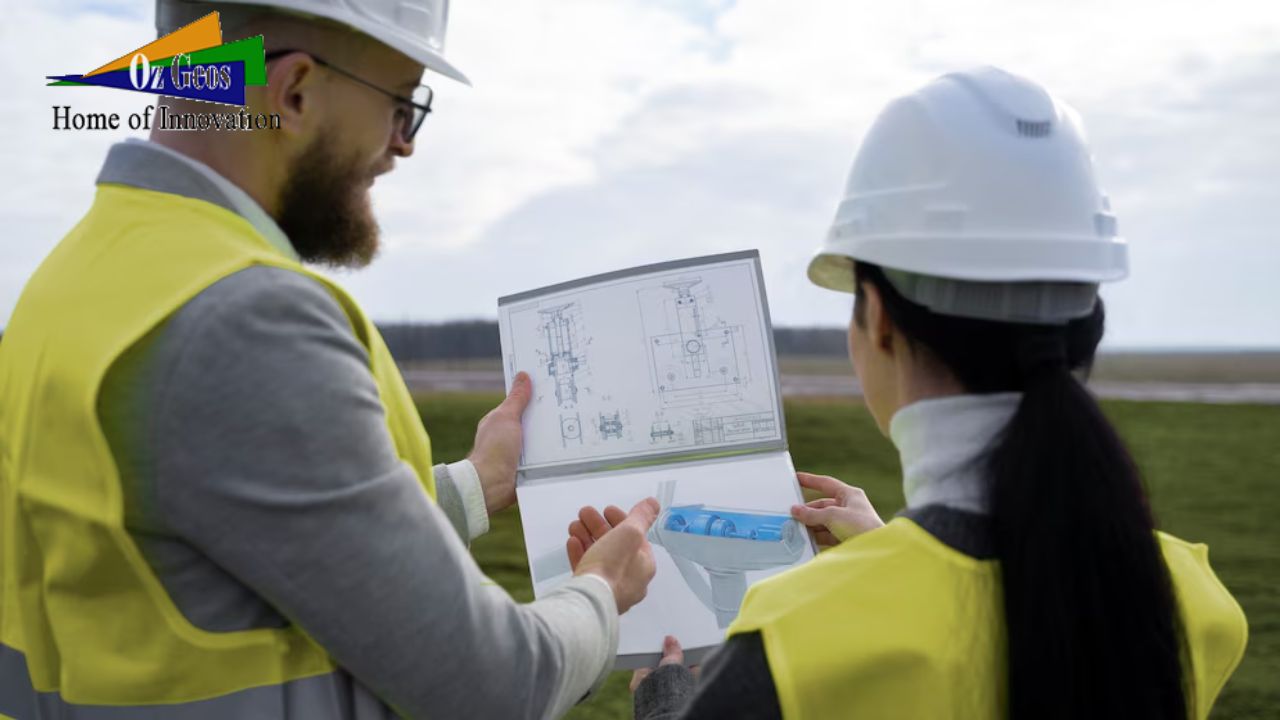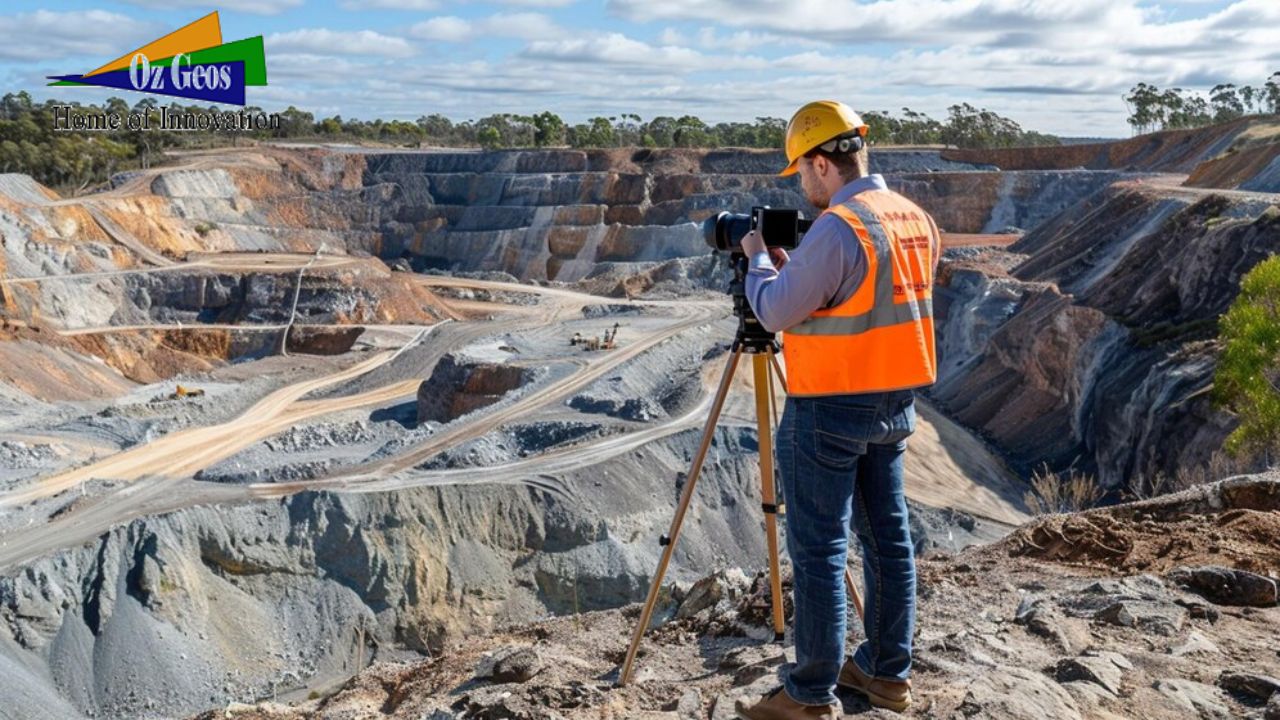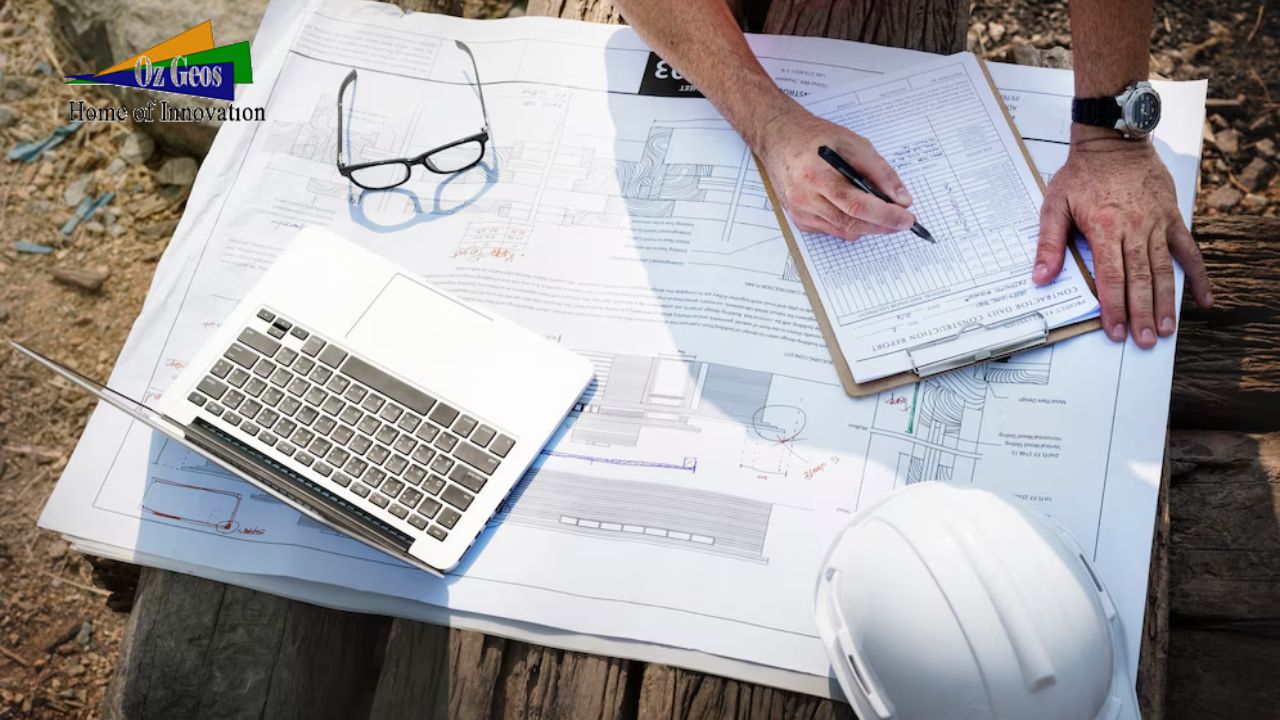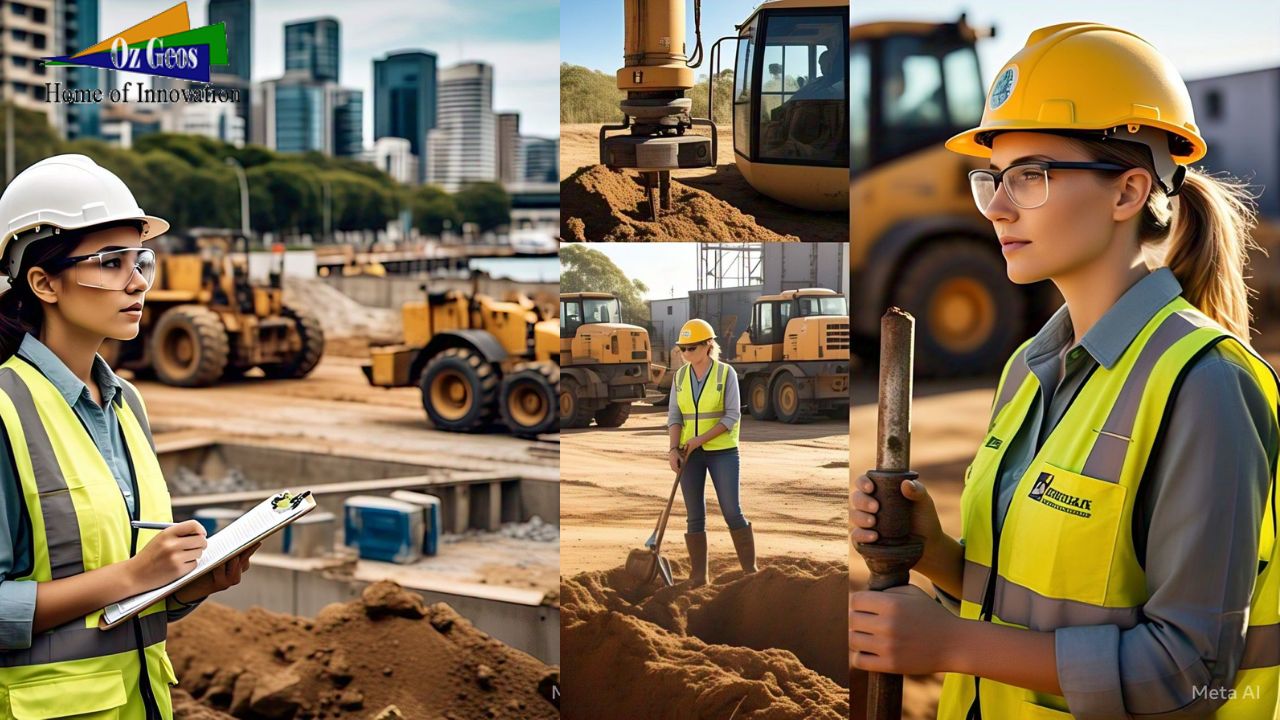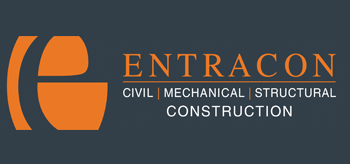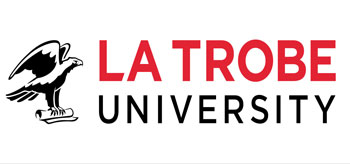Top Geotechnical Challenges in Australian Terrain and How to Solve Them
Australia’s diverse terrain, ranging from dry deserts to coastal plains and rocky regions, present a unique combination of geotechnical issues. These problems require novel solutions and an in-depth knowledge of the local geology in order to ensure the safety and lifespan of infrastructure projects.
1. Expansive soils:
A significant portion of Australia has been covered in vast clay soil. These soils shrink and swell dramatically as the moisture content changes.It causes extensive damage to foundations, pavements, and retaining structures.
The Challenge: Cracking and changing in structures, especially during droughts or heavy rains.
How to Solve the Challenges:
- Soil Testing & Characterization: Thorough study to figure out the type and expansiveness of the clay.
- Foundation Design: Using deep foundations like piers or piles, or constructing raft slabs with enough reinforcement to accommodate soil movement.
- Soil Improvement Techniques: Pre-watering, compaction control, and chemical stabilization are used to limit the soil’s volume change potential.
- Moisture Management: Implementing enough drainage systems and landscaping to control the moisture around foundations.
2. Reactive Soils:
Reactive Soils, like expansive soils, display significant variations in volume depending on their moisture content. They can be particularly damaging in dry and semi-arid regions.
The Challenge: Damage to infrastructure caused by constant shrinking and swelling.
How to Solve the Challenges:
- Proper Site Investigation: Understanding the depth and flexibility of the soil profile.
- Foundation Systems: Designing foundations to endure development forces, such as isolated footings or deep strip footings.
- Ground Improvement: To reduce reactivity, use processes such as lime or cement stabilization.
- Flexible Pavement Design: Pavement construction involves the application of flexible ground and sub-base layers that allow for movement.
3. Soft Soils and High Water Tables:
Coastal regions and floodplains of rivers frequently have soft, unstable soils and high water tables, which present serious construction issues.
The Challenge: Settlement of structures, instability of excavations, and trouble laying foundations.
How to Solve the Challenges:
- Dewatering Systems: During construction, effective drainage and pumping systems will be used to lower the water table.
- Ground Improvement: Enhancing soil load bearing ability by treatments like preloading, vibro compaction, or ground densification
- Pile Foundations: Move piles to reach prepared bearing layers below the soft soil.
- Careful Excavation Support: Using shoring and retaining systems to prevent collapses during excavation.
4. Acid Sulfate Soils (ASS):
Disturbed ASS may release sulfuric acid, which corrodes steel, concrete, and other construction materials and has a severe impact on the environment.
The Challenge: Corrosion of infrastructure and pollution of waterways.
How to Solve the Challenges:
- Identification and Management: Conduct an in-depth site evaluation to discover ASS and create a management plan.
- Neutralization: ASS can be treated with lime or other neutralizing chemicals.
- Controlled Excavation and Disposal: To decrease the environmental impact, ASS should be treated and disposed of with care.
- Protective Coatings: applying protective coatings to structures and pipes to avoid acid damage.
5. Seismic Activity:
While Australia is not as active seismically as other regions, earthquakes still happen, particularly in certain areas.
The Challenge: Ground tremor and possible soil liquefaction may result in structural damage.
How to Solve the Challenges:
- Seismic Design: Designing structures to withstand earthquake forces according to relevant building codes.
- Liquefaction Mitigation: To reduce the possibility of liquefaction, use ground improvement techniques such as densification or stability.
- Careful Site Selection: Avoiding places prone to landslides or other seismic risks.
6. Landslides and Slope Stability:
Hills and mountains are prone to landslides and slope instability, particularly after heavy rains.
The Challenge: Slope failures may destroy infrastructure and threaten people.
How to Solve the Challenges: Slope failures may destroy infrastructure and threaten people.
- Slope Stability Analysis: Conducting detailed geotechnical examinations and stability assessments.
- Slope Stabilization Measures: Using walls for terracing, systems for drainage, and other methods to improve the stability of slopes.
- Erosion Control: Using vegetation and other methods to reduce erosion and decrease the risk of landslides.
Conclusion
Addressing these geotechnical challenges demands an extensive knowledge of Australian soil types and the use of appropriate solutions. OzGeos.com offers a variety of geotechnical services, like site examinations, foundation design, ground improvement, and slope stability evaluations. We are dedicated to helping our clients in negotiating the complex issues of Australian geography and completing successful projects.Contact us immediately to discuss your project requirements.

